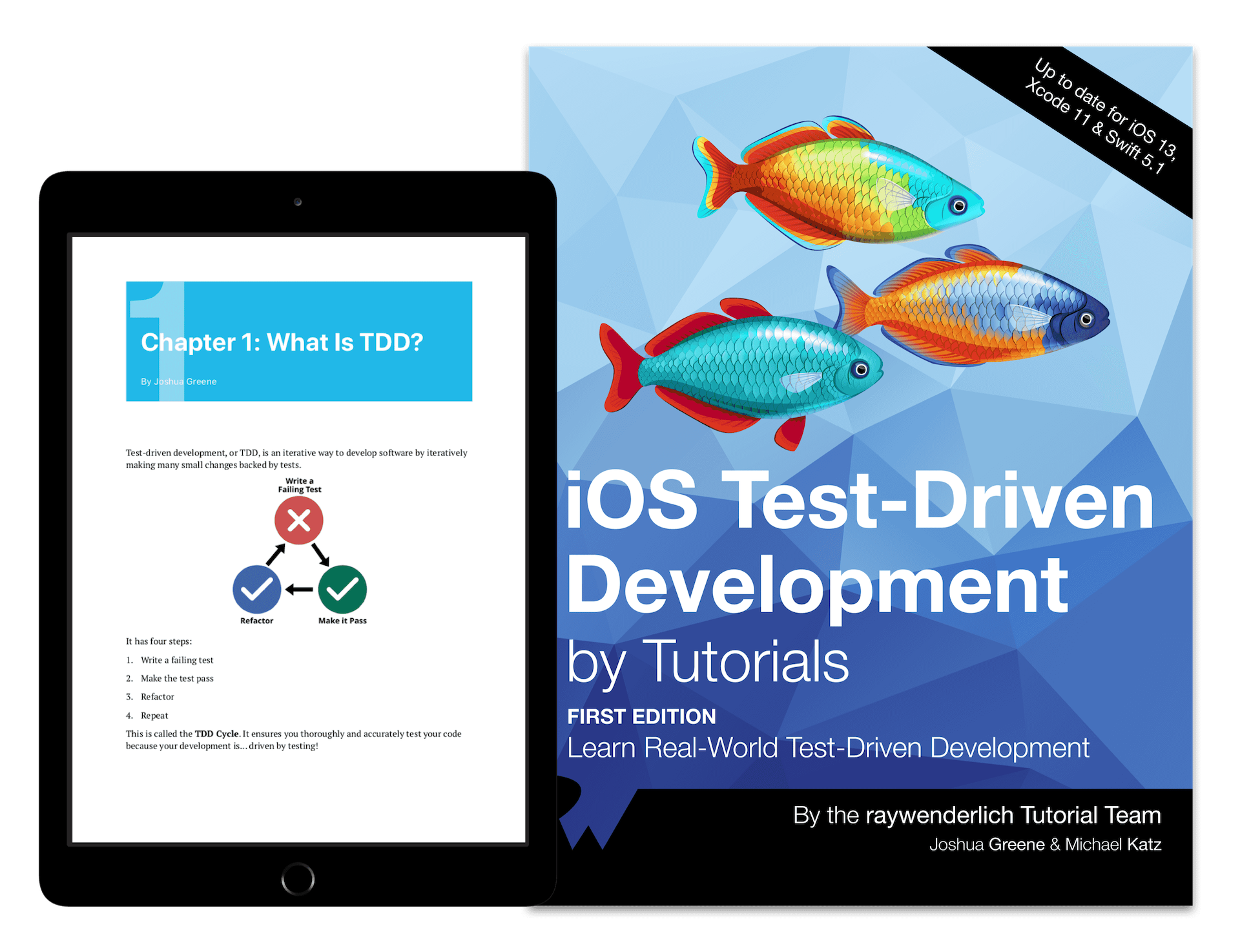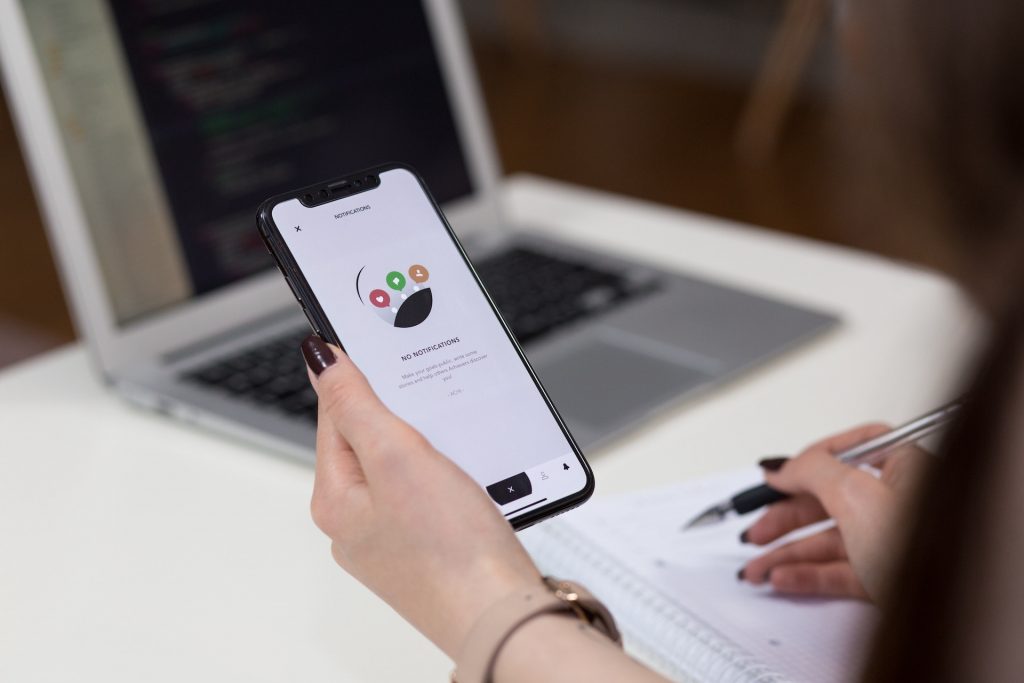
How to avoid iOS app failure with Test-Driven Development
It is surprisingly easy to build the wrong thing in iOS app development. For instance we can easily build something that doesn’t meet client or customer needs. On the other hand, It’s also fairly easy to build the right thing, but have it not work properly. A simple, reliable way to avoid this is by using Test-Driven Development.

Test-Driven Development, or TDD, is a way to try to ensure good quality code which will do the job it’s supposed to. This post is for anyone that employs or manages iOS developers and want to deliver better software for their customers.
We’ll be explaining what TDD is, how it works, the advantages are of using TDD, and what you can do to empower your developers to meet customer needs.
What is Test-Driven Development?
Traditionally, requirements for a piece of software are given to the developer. Next the developer then writes what they believe is effective code to meet those requirements. Therefore with TDD, each component of the software is tested to make sure they do what they were designed to do. Specifically, this is known as Unit Testing. In this case, the unit is the smallest testable part of any software. Such as in iOS development, it's typically a method or function which contians a set of instructions.
Here is a simple example of a function in Swift, adding two numbers together:
func add (firstNumber : Int, secondNumber: Int) { return a + b }
In order to test this function, a typical unit test might look like this:
func testAdd () { // test that the result is as expected XCTAssertEqual(add(0,0), 0) XCTAssertEqual(add(1,-1), 0) XCTAssertEqual(add(100,200), 300) XCTAssertEqual(add(-10,-20), -300) }
Test-Driven Development inverts this process by using a test-first approach. So long as the requirements are provided, the developer always first writes the unit tests. Afterwards, the developer then writes the code necessary to succeed at the tests. As a result, the code should always meet the software requirements and generally be simpler and ‘cleaner’. Additionally, the developer only wrote code for what was actually needed. Therefore, you end up with effective software that meets your customers’ needs and has little that they don’t need.
## What makes Test-Driven Development Great for iOS Development
There are a number of benefits to using Test-Driven Development when building an iOS app. By and large, this broadly fits into two categories: Higher-Quality Software and Easier to Maintain.
Higher-Quality Software
One of the realities of software development is that the code for a piece of software will likely change. Typically, as both the developer and the business clarify and improve their understanding of the business problem they are trying to solve, the application needs to update accordingly.
When you have to write unit tests before you write the code, it forces you to decide what features you really. In practice, this means that the requirements need to have a high-degree of detail. As as result, so do the tests can be written based off them. Therefore, it is also almost guaranteed that problems will become clear very early forcing you to solve them.
TDD, by its nature, focuses development on ensuring that the app works the way it was designed to. Additionally it will give the same experience regardless of which iPhone model you might be using.
The result of this is that final app will have far fewer bugs than other testing approaches. Consequently, this means more flexibility and easier maintainability of the code. As a result, this makes it easier to add new functionality later.
Easier to Maintain
So, you have an app that does exactly what it was designed to do, has fewer bugs, and is more flexible. For this reason, it naturally makes your app easier to maintain and update.
What this looks like on a technical level is that TDD forces developers to simplify their code. For one thing, if the code needs to pass a large number of unit tests, the developers would only write enough code to pass each test. As a result, A good developer using TDD will also structure their code in a way that’s easy to modify. In the event a unit fails to pass a test, it’s as easy to go back and fix whatever was causing the failure.
As a result, the developer will have to spend less time rewriting, reorganizing (known as refactoring), and debugging your app’s code.
How you can get started with Test-Driven Development?
How then, can you as a business leader or manager can enable the use Test-Driven Development with your developers?
One of the most important things to start with is management that supports the new practice. TDD is not a panacea, and come with costs. To get the best results, a business should think about having its developers learn TDD as an investment in its future. While it can vary, allowing for a learning period of 2-4 months is a good start.
First, for most developers, TDD is not easy to learn if they’ve used a test-first approach to building software. The biggest challenge will usually be a need to strengthen a developer’s ability to map out the complex array of functionality for an app in the form of specific, planned tests, and their ability to question and review these tests if necessary. This is usually a steep learning curve.

TDD Resources
A good start might be reading the seminal text of TDD: Kent Beck’s Test Driven Development: By Example, the first authoritative text on the subject. Another good book, specifically for iOS and developers using Swift is iOS Test-Driven Development by Tutorials, by Joshua Greene and Michael Katz, which features a lot of examples and tutorials for you to master the basics of TDD. On a more technical level, we cover a lot of TDD-based scenarios and tutorials on Bright Digit’s developer blog.
Additionally, unit testing requires code to be written in order to carry out the testing. In TDD, this test code is just as important as the code of the app itself. Therefore, the code needs to be readable and with the minimum amount of code possible. As a result, this will usually translate into a lot of work, right at the start of a software project. Additionally. your deadlines and budget ideally should be configured to anticipate this reality. However, there will be less maintenance and more flexibility in your code in the long run. And as a result, it will result in more cost savings in the future.
Do you need an app that does what it is designed to do?
At Bright Digit, we have lots of experience using Test-Driven Development and the range of tools and other practices you can use building native apps for iOS. We work with you to make you end up with an app that delights your customers, while being sufficiently tested to make sure you have as few problems as possible. If that sounds like the experience you want to have in developing a successful app, email info@brightdigit.com and tell us about your ideas!